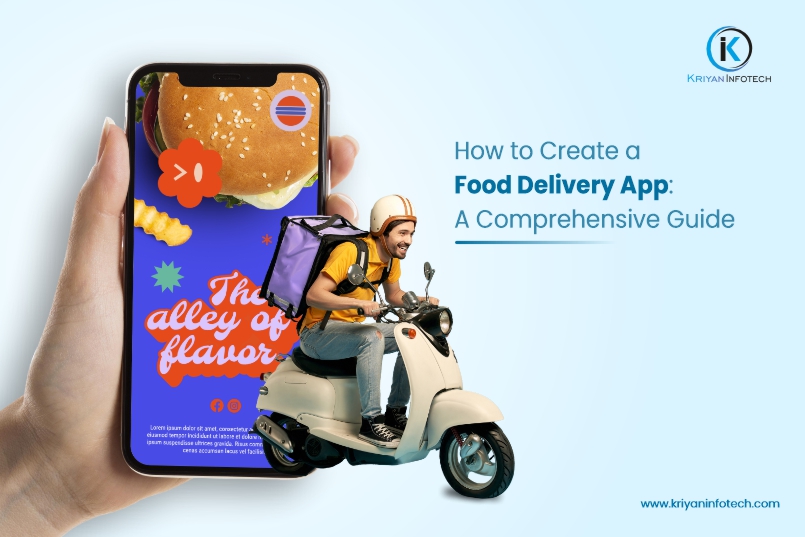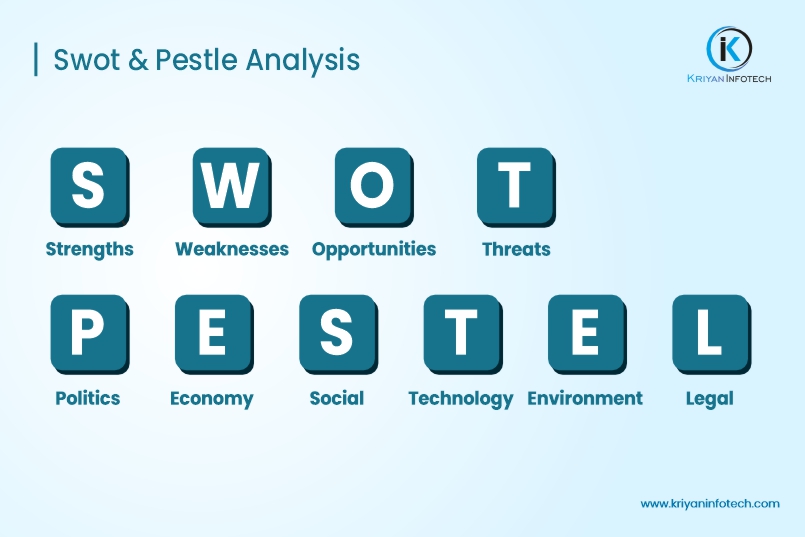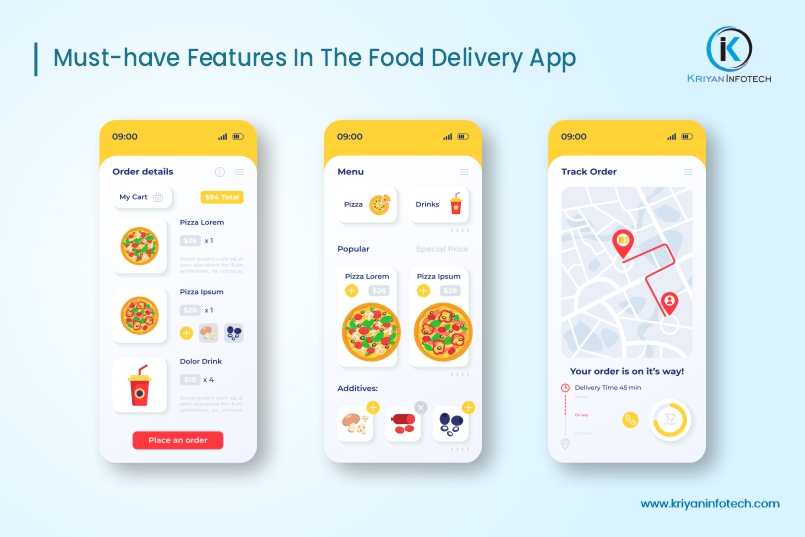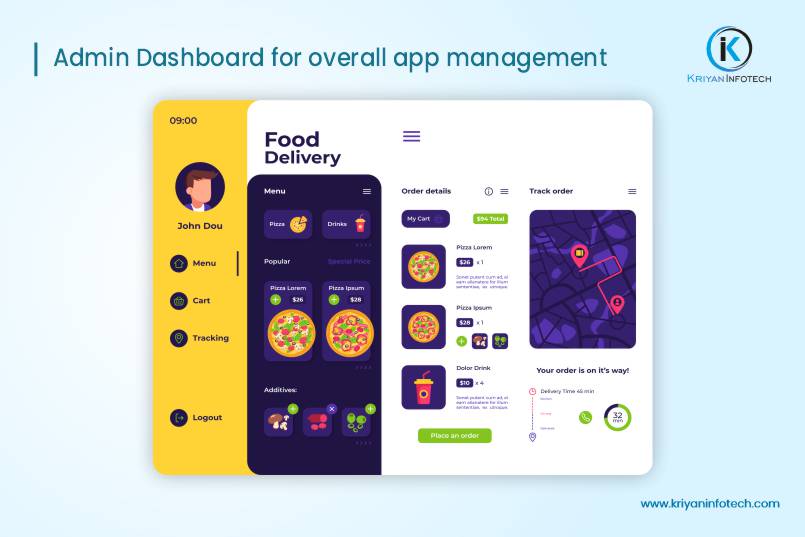MAINTENANCE
Once the application is launched and all the strategies are undertaken, the next step is to maintain the application and solve the issues that may arise over time. An application cannot run without having to face the challenges like server load, bugs, hacks, and other internal and external issues. To ensure its smooth operation, follow the steps given below:
- Monitoring
It is important to dedicate an individual team to application monitoring. The team will be responsible for checking the performance and maintaining the server load. Also, it will engage in gathering user feedback and carry forward the issues to the development team. - Optimize
With time new technologies will be introduced in the market. It is essential to keep pace with the advancements and integrate every relevant technology into the food delivery app to make sure you stand out from the crowd. The team will be accountable for maintaining the application speed, checking for responsiveness, and improving scalability. - Updates
New updates, bug fixation, and other security and privacy-related issues must be solved from time to time. Along with this, a customer support panel should be made, to listen to the problems and provide solutions promptly.




